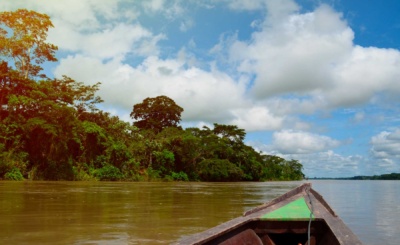
Andes: Climate with two definite seasons, one summer and dry from April to November, with sunny days, cold nights and scarce rains – the best time to visit Peru – and a rainy season from December to March. On the Andes, there are strong changes in temperature during the day (between 20 ° C and 2 ° C).
Amazonia: Humid and tropical climate, with two very different climate seasons, one summer (from April to October) with sun and temperatures above 30 ° C, and a rainy season (from November to March) with frequent downpours and increase in reach of rivers.
Costa: Even here two distinct seasons, one summer (from December to March) with temperatures reaching 27 ° C and a very humid and cold winter with temperatures up to 12 ° C. During the winter the “garua” is common, a mist that covers the sky throughout the day, especially in the Lima area. The northern part of the coast (from Piura to Mancora, near the border with Ecuador) is sunny with a semi-tropical climate and you can swim all year round.
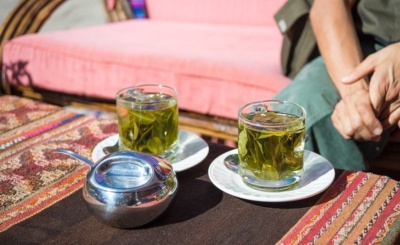
Cusco is located at a height of 3400 m.s.l.m. and Lake Titicaca at almost 3900! Always consult a doctor before leaving if you are over 60, if you suffer from heart, you have by-pass or respiratory problems. Health First of all!
Soroche: altitude or mountain sickness presents symptoms such as fatigue, heaviness, headache, slight nausea and tachycardia. These symptoms are accused in a very light form by most tourists during the first 24 hours of stay (over 3,000 meters in height) and generally disappear with healthy and beautiful sleep. It is recommended – once you arrive at the hotel – not to undergo physical efforts, not to drink alcohol, not to smoke and not eat fatty foods, and to try some “natural” remedies, such as bananas and, above all, the leaves of coca, chewed or served as an infusion (mate). Another practical remedy is to take a Sorochepill (for sale in any pharmacy), a tablet that greatly mitigates these symptoms.
Vaccines: if you are planning a visit to the beautiful Amazon it is mandatory to take the yellow fever vaccine at least 10 days before entering the jungle. Take the vaccination certification with you, it is very likely that they will ask you! This is the only mandatory vaccination to come to Peru!
Anti-malarial prophylaxis is not mandatory for those visiting the Manu National Park or the Tambopata-Candamo Reserve in the Amazon. Drink only bottled water or boiled previously, always ask the “casera” before drinking fruit juices on the street!
Atahualpa’s revenge: better known as the “traveler’s diarrhea”, quite frequent but easily solved with a couple of days of rest. We advise you to consult a doctor or a pharmacist, drink plenty of water, tea and eat light (white rice !!!).
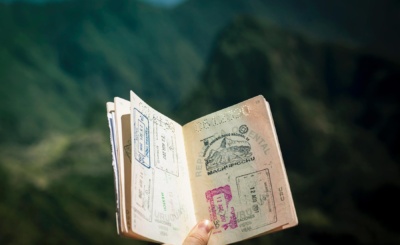
If you have brought with you the International Student Card (the ISIC Card) because you are entitled to a series of discounts (aircraft, Inca walk, museums, entrance to Machu Picchu).
Tourist Agencies: we recommend to use only authorized agencies, attention to the characters who offer tours by road, in the bus terminals, airports, and taxis could mislead you.
Markets: useful to know the uses and habits of the Peruvians are also a fascinating and colorful place where you can taste special foods or make a rich breakfast of fruit juices squeezed instantly by loquaci mamite !!
Communications: wifi present now everywhere, from hotels to restaurants, you can use Whatsapp without problems. Surfing the internet costs about 1.50 Nuevos Soles per hour.
Current: The electric current is 220 volts and 60 Hz as in Italy. However, the sockets are different, we recommend that you bring a universal adapter with you.
Children: I recommend heartily, do not give money to children who give alms, the money usually goes to the father who uses them to drink.
Brichera/o: They are nightlife characters (cuscueña) chasing a foreigner who is marrying them and taking them to Europe. From the English word “bridge”, bridge.
Photos: Photographs are not always welcome in the Andean culture; it is necessary to explicitly ask for consent (telephoto recommended) unless a few clicks are offered for a few soles.
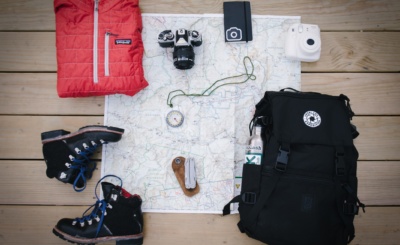
The climate in Peru varies according to the area in which you are located and the temperature range between day and night is truly remarkable if you are above 3000 meters: wear comfortable clothing suitable for any temperature (at night you it also drops below freezing!), sunscreens, sunglasses, and repellents. We recommend the “onion method” or “layers”. In fact, during a trip to Peru, you will find different climates, and you will almost certainly find yourself wearing wet custody
Luggage: Suitcase or backpack? The eternal dilemma … and as always the answer is … choose you, how you are more comfortable. If you go hiking like the Machu Picchu, Lake Titicaca and the Canion del Colca you can leave your luggage in the deposit of the hotel where you are staying and take away with you only for the night “out of doors”, just a small backpack .
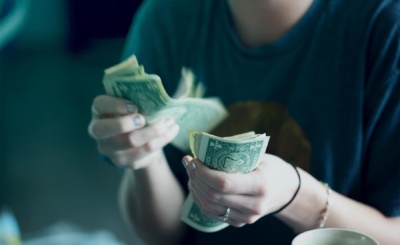
The official currency of Peru is the Nuevo Sol (S /.) Divided into 100 cents. There are coins of 5, 10, 20 and 50 cents, 1, 2 and 5 Nuevos Soles and in 10, 20, 50, 100 and 200 Nuevos Soles banknotes. The American dollar is accepted in most commercial premises, restaurants and service stations with the change of day. At the time you write 1 euro worth about 3.50 soles. The opening hours of the Peruvian banks are generally open from Monday to Friday from 09:00 to 18:00, some banks open on Saturdays until midday. In the most important cities, there are ATMs of the various banks.
Most commercial premises accept the most popular credit cards: Visa, Master Card, Diners and American Express.
A lot of fake coins and banknotes circulate in Peru! So be very careful when you change money (try to do it only in authorized exchange houses). Difficult to change dollars (banknotes) broken or even just slightly shredded, check the remains well …

In Peru, there are 6/7 hours less than Italy depending on the summertime. It is not necessary for citizens of most American and Western European countries. Once you arrive in Peru you will automatically have a tourist visa, generally valid for 90 days.
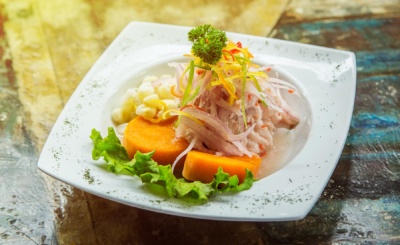
Whether you are in the Andes, in Amazonia or on the Pacific coast, culinary Peru always offers such variety and quality in its dishes to leave you amazed. Considered the most elaborate and classy cuisine of South America, the Peruvian one, knows how to be extremely refined in its most fusion and international expressions but also popular with various and succulent typical and regional dishes. Highly recommended all seafood dishes in Lima, in particular, Ceviche, Tiraditos and Causas, and in Arequipa, with the Chupe de Camarones and fish on lava stone. In Amazonia the Tacacho and the river fish cooked in the banana leaves are definitely to try, while in the Andean area the dishes of alpaca meat are unmissable with its tasty and lean meat, the quinoa in soup or risotto, the chicharrones is finally recommended at least once to try the simple Peruvian national flat plate chicken! For those who are vegetarian and vegan, there are many restaurants and dishes available !!
Airplanes: There are flights and connections from Lima to all the main cities of the country. The best airline is without a doubt Lan Peru, alternatively Peruvians, Taca or Star Peru.
Bus: Wide choice of companies covering the whole country, among many we recommend Cruz del Sur.
Trains: The railway tourist service covers two routes, Puno-Cusco (a / r) and Cusco-Ollantaytambo-Machu Picchu (a / r).
Taxi: In Lima, the taxi fare from the airport to the city is about 15 US $, in Cusco instead of about 6 Nuevos Soles. In Cusco the daily rate is 2.50 soles, the night one (after 22.00) is 3 soles, while in Lima remember to always negotiate the price before getting on board because there are no taximeters!
Micro: micro or combi are vans used to transport passengers in the city, little used by tourists but the most economical and authentic way to travel (0.5 – 1 soles), but be careful to the little man who shouts the paths …. you could understand bad!
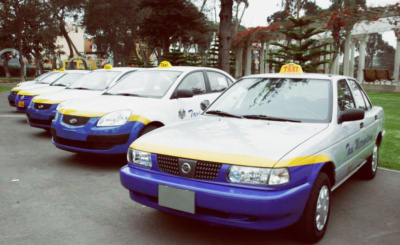
Peru is a quiet country (be wary of guides with alarmist tones), just take the normal “travel” precautions: do not flaunt wealth or cameras with kilometer zoom; avoid walking at night in isolated areas; always take a safe taxi by calling in advance at their operations centers. We also recommend that you always carry a copy of your passport and leave the original and other valuables in your hotel. In the case of strikes – especially taxis or transport companies – we advise you to wait calmly for the end of the “paro”. The majority of business premises accept the most known credit cards: Visa, Master Card, Diners and American Express. The use of traveler checks has some limitations, verified at each year.
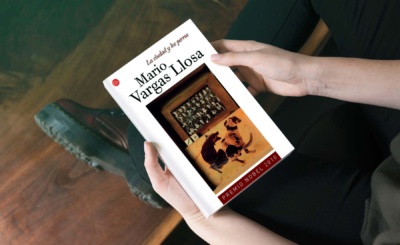
Book: Mario Vargas Llosa, a new Nobel for literature 2010, with its pungent irony and ability to describe the Peruvian reality with works such as “Conversations in the Cathedral”, “The City and the Dogs”, “Aunt Julia and the Scribbler” , “Pantaleon and the visitors”, “Paradise is elsewhere”; Arguedas that stands out the contrasts and contradictions between the Andean and rural world and that of the whites with “The deep rivers”, “Blood Festival”, “All the races” and “The fox above and the fox below”.
Other interesting books to read are: “The rivers descended to the East” by L. Clark, now considered a classic of travel and adventure literature, chronicle of the journey he made in the Amazon in 1946 in search of the legendary El Dorado; “The prophecy of the curandera”, by Hernan Huarache Mamani, a taste of mysticism and the Andean cosmovision; “Desaparecida” by Maria Gabriella Guarino, the true story of an Italian journalist who leaves for a service in Peru and falls in love with a guerrilla. She will be arrested for more than two years just for having loved a terrorist.
Cinema: The Peruvian film that most recently attracted the attention is undoubted “The Song of Paloma” (La teta asustada), Golden Bear at the Berlin Film Festival 2009. The literal translation of the original title would be “The Breast Afraid” , or a rare “disease” that is transmitted from mother to newborn, through the breast milk of women who have suffered violence during pregnancy. It is precisely the syndrome that affects Fausta, whose mother was raped, causing hemorrhages from the nose and other disorders, as well as a series of secrets that will carry with it until the death of the mother. Another film to watch is “Pantaleon and the visitors” by Lombardi.

